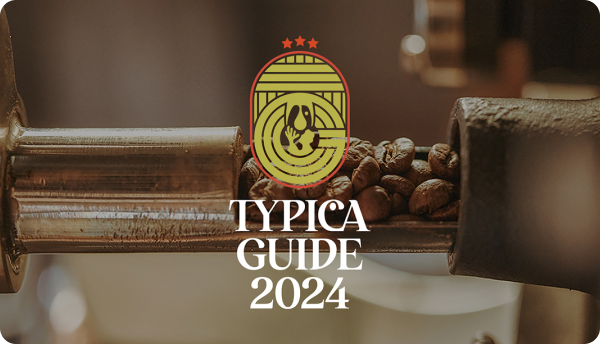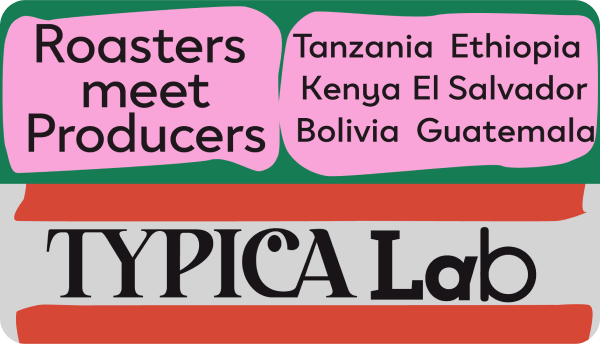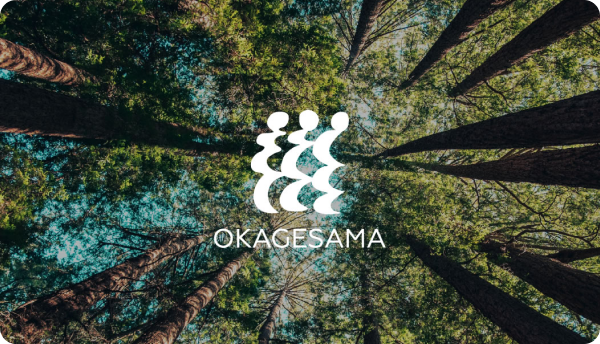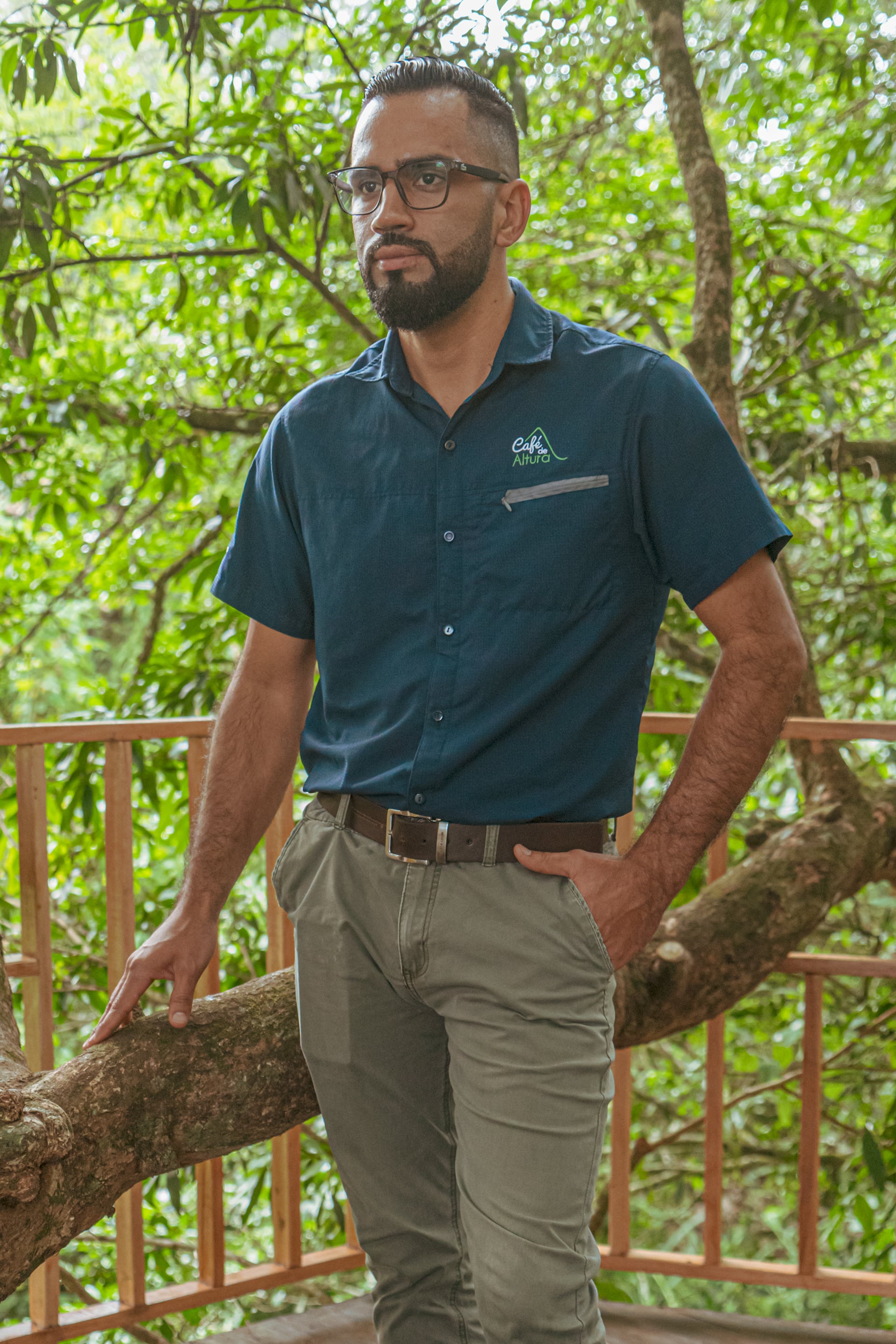
Just Curious: Anaerobic Revolution
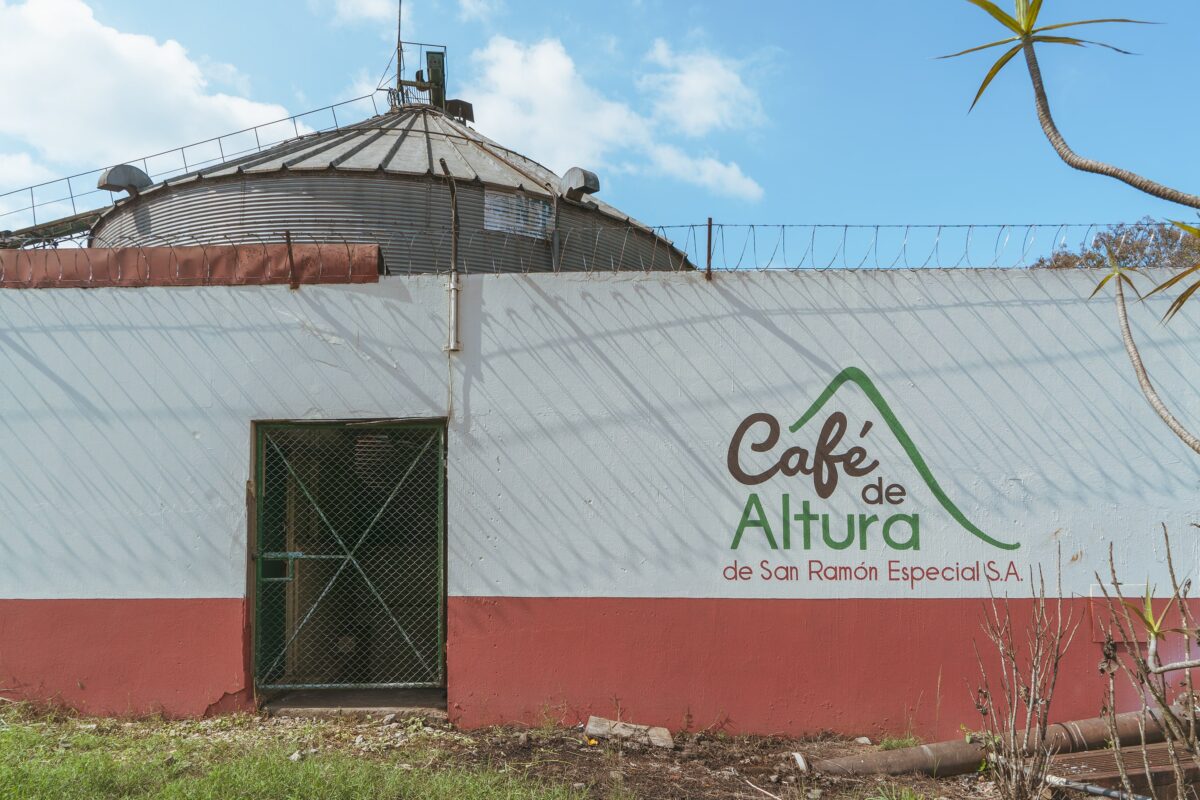
Costa Rica is renowned as one of the highest-quality coffee origins. With countless great coffee producers in this country, it wasn’t easy to choose who I should approach. After much consideration, I decided to reach out to someone who most vividly expresses Costa Rica – someone who is the best at what they do, in a country home to plenty of producers with advanced production skills.
Café de Altura, the pioneer of anaerobic fermentation, was the obvious choice. The coffee company is also one of Costa Rica’s largest businesses. It covers the entire spectrum of coffee production, from buying coffee cherries from small-scale farmers to processing and exporting their coffee. We were blessed with a chance to visit Café de Altura in Costa Rica, thanks to the introduction of the Netherlands-based roastery Keen Coffee. The company’s headquarters sits in a suburb about a one-hour drive away from downtown San Jose, Costa Rica’s capital. On the premises stand an office and a sprawling processing station. Between field and office workers, the place was abuzz with activity.
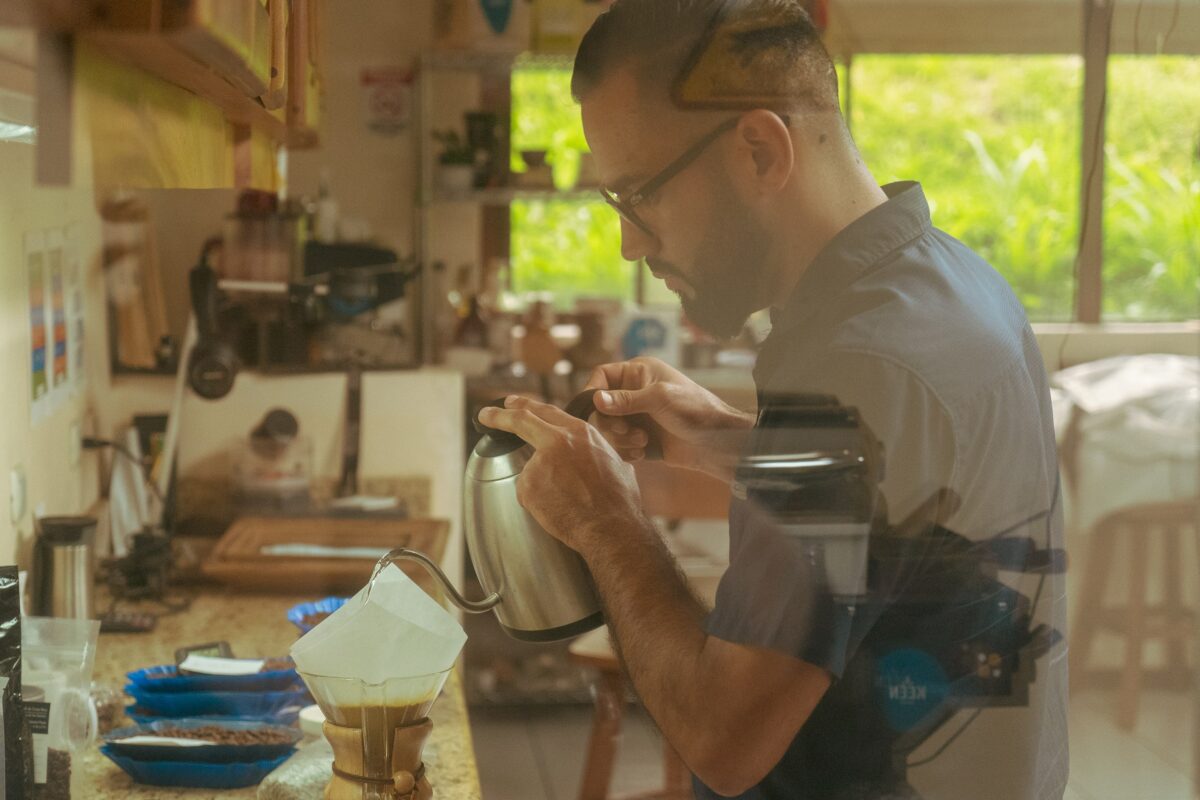
Nowadays, anaerobic fermentation is a near-standard process when making specialty coffee. It’s a method of fermenting green coffee. As the name suggests, beans are fermented without oxygen. During washed processing, coffee cherries are depulped, washed with water and stripped of mucilage through fermentation. In many cases, these steps are done outdoors in fermentation tanks. In anaerobic fermentation, meanwhile, coffee cherries go through the same steps but in tightly closed tubs or tanks with no oxygen. This airtight environment activates microbes that are otherwise dormant, lending unique flavors to coffee. The sealed-up containers also minimize the impact of external factors on coffee. This, combined with a temperature-controlling device inside the fermentation tank, helps achieve consistent quality. Do you know when anaerobic fermentation started and how? It wasn’t a product of research and development by intellectuals at a laboratory somewhere. But it all started with a young man’s curiosity.
This young man is none other than Esteban Villalobos Corrales, who heads Café de Altura’s specialty coffee division. He is a coffee specialist with state-of-the-art skills. But that persona contrasts with a mischievous side he shows at times. An interesting character, he seems. We spoke to Esteban to find out more.

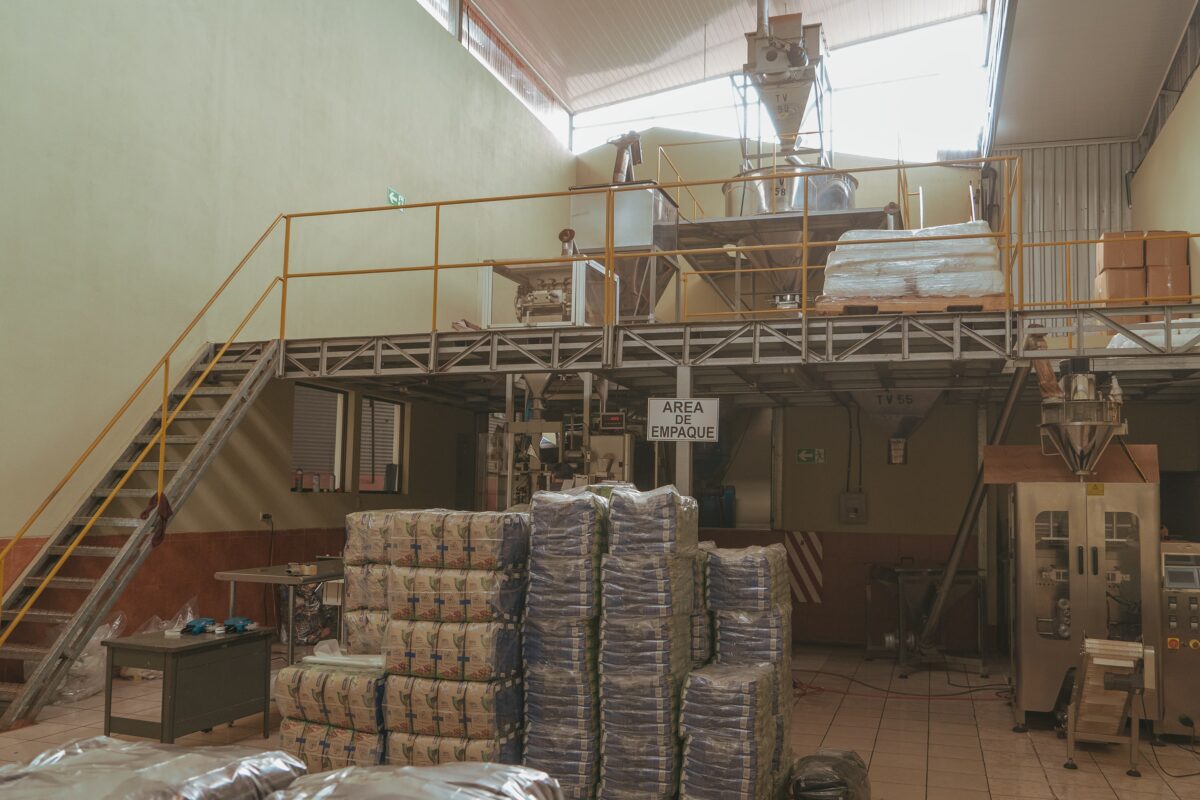
History of Café de Altura
“Café de Altura was established in 2004,” Esteban says. “It started with the breakup of a cooperative, which prompted some of its member producers to buy a company together. Café de Altura is very unique in that more than 570 small-scale producers jointly own the company. They are all Costa Ricans. None of them are from abroad. 20% of all our coffees come from the producers who own a stake in the company. Aside from that, we buy coffee from over 3,500 small-scale farmers. We also process and export it ourselves.
We are a large business. It’s fair to say that our processing skills and equipment are better than those of the average micro-mill. We are also the only big company in Costa Rica that deals with a wide range of coffee from commercial to specialty. Costa Rica can’t compete with volume on the global coffee market. That is why our country has worked to improve production and processing skills. Now, Costa Rica is recognized as an origin of high-quality coffee. It is against this backdrop that we invented a fermentation method called anaerobic.”
Since around 20 years ago, Costa Rica has seen many coffee producers go independent from dominant international firms and set up their own micro mills. These are small-holder farmers who grow, process and export coffee themselves. To get an edge in an increasingly competitive market landscape, Café de Altura needed to boost its biggest strengths – technology and equipment – especially since the company didn’t have its own farms. And then, anaerobic fermentation proved to be a major turning point.
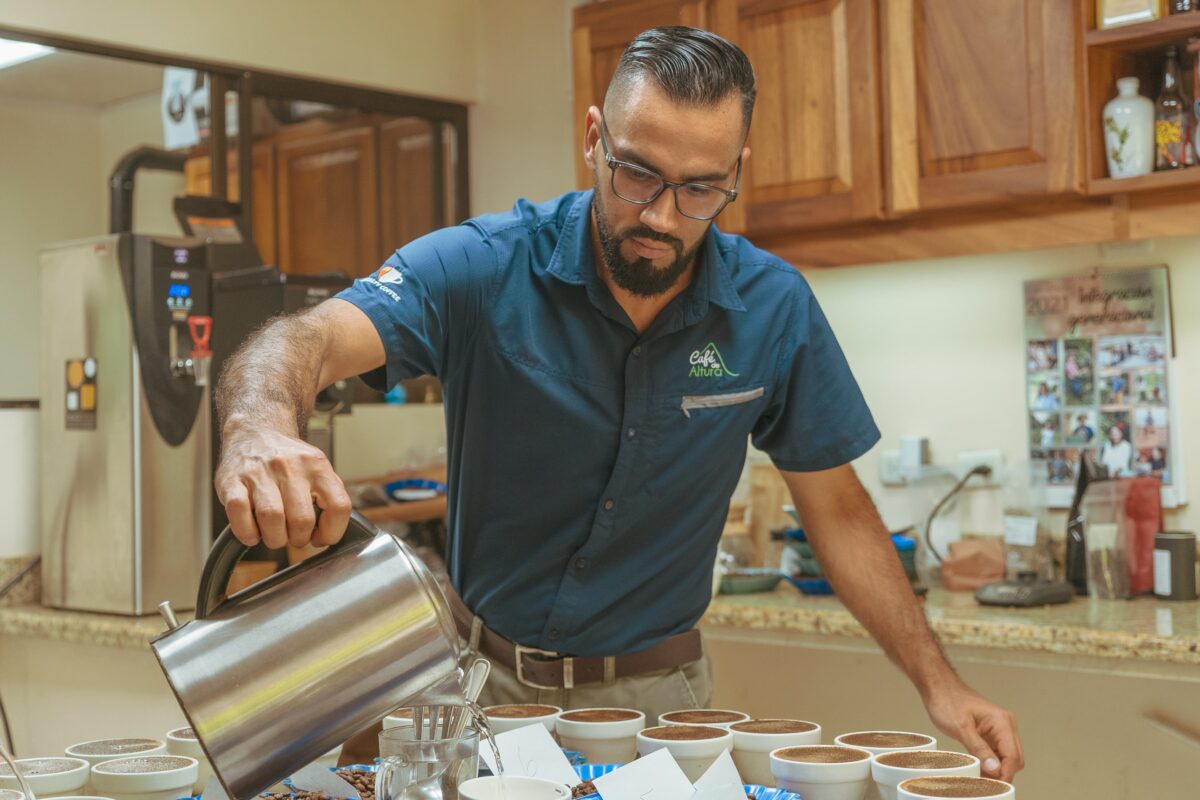
Invention of anaerobic fermentation
It was Esteban’s curiosity that led to a fermentation method now known as anaerobic.
“I used to work at an international coffee company. One day, I heard my supervisor talking about the Cup of Excellence. When I asked him what specialty coffee was, he told me that it was processed in small batches, and that it had distinct flavors, sweetness and acidity. I became curious about how specialty coffee was made. Back then, I already liked to try different ideas from others’. I kept asking myself why a certain idea was considered wrong, or what would happen if I gave it a try. That was fun. In the end, I decided that excellent coffee doesn’t just come from varieties or terroirs, and that you can grow great coffee artificially, too. My supervisor tried to talk me out of it, saying that I wouldn’t be able to turn it into a profitable business. So I used my own spare time to try processing small batches of specialty coffee. They were secret batches no one knew about. I continued to make secret batches even after I left the company and joined Café de Altura. Then one day, when I was cupping coffees with my new supervisor at Café de Altura, I snuck one of my secret batches onto the table. When he tasted my coffee, he jumped in surprise and went, “What in the world is this coffee!?” This is how anaerobic fermentation started 8 years ago.
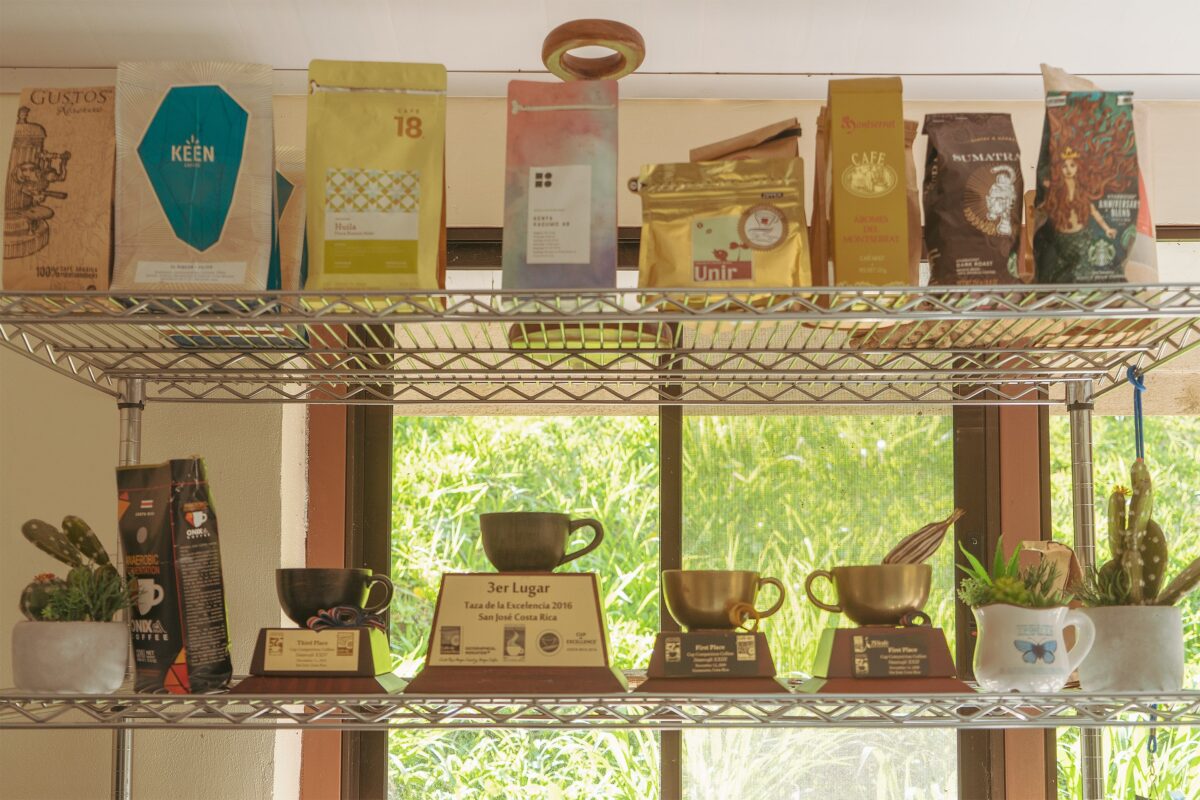
We named that experimental coffee ‘El Diamante(The Diamond)’ and submitted it to the Cup of Excellence in 2014. We needed to register this new processing method. That is when we named it ‘anaerobic fermentation’ for the first time. This coffee had flavors that never existed before. So it shocked the cuppers. Eventually, we won 7th place.”
The term “anaerobic fermentation” spread even further around the world the following year, when Rob Kirkhoff of Keen Coffee, a famous Dutch roastery, finished 5th in the World Brewers Cup using El Diamante. Anaerobic coffee had flavors so new that it took the coffee world by storm, leading the Specialty Coffee Association to revise its Coffee Taster’s Flavor Wheel.
It’s not an overstatement to say that anaerobic fermentation is a revolution in the specialty coffee industry, one that has few parallels in recent years. It was a rare development that got us all excited about the future of coffee: Though the coffee world tends to be stuck in convention and tradition, it still has the potential to change drastically. And the drastic change, in this case, started with a young man’s curiosity and a barista’s boldness. There is some romanticism to this fact. I sincerely hope that there will be more and more coffee professionals who, like Esteban, act on what-ifs and give their ideas a try.
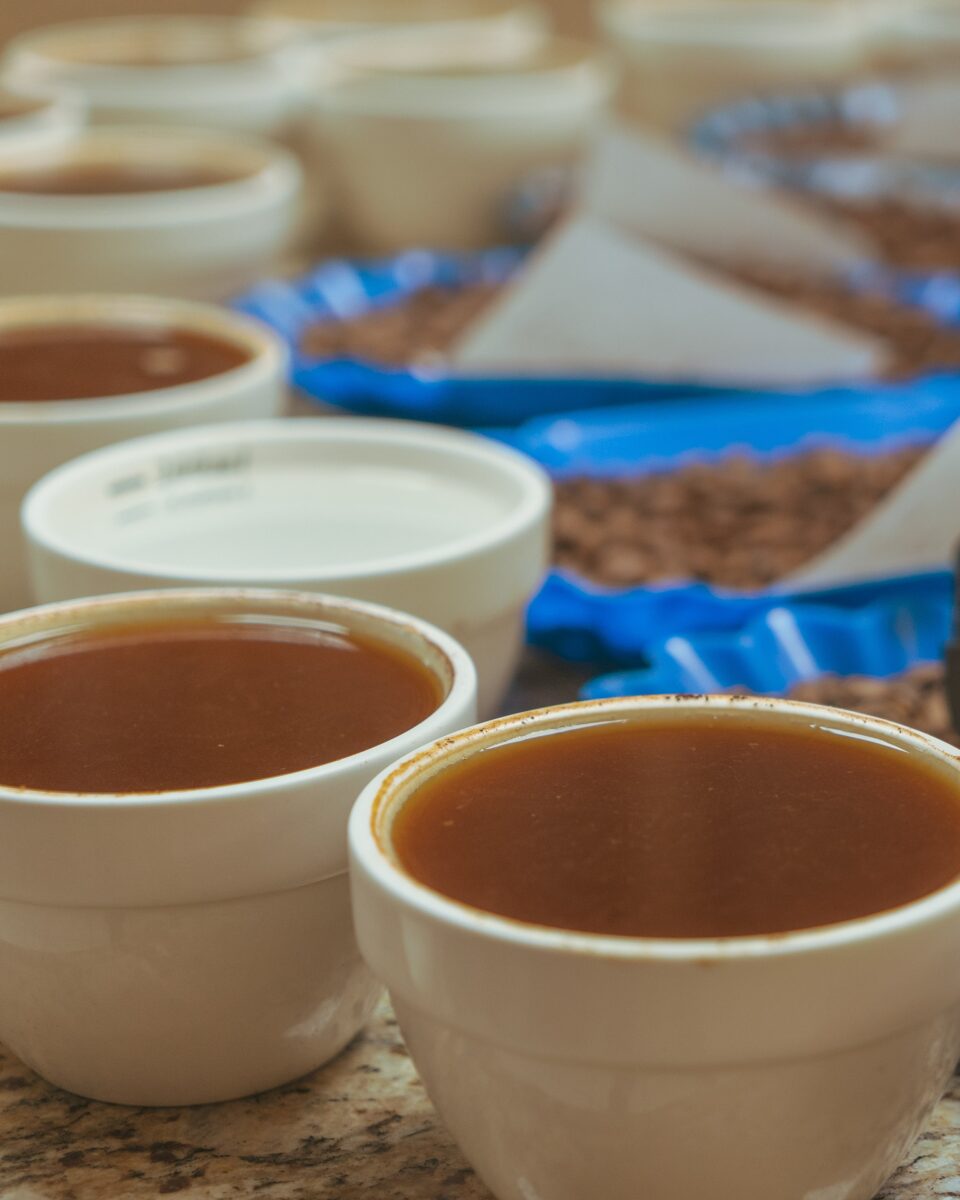
Cutting-edge technology behind El Diamante
Anaerobic fermentation has now become a staple of coffee processing for producers around the world. But El Diamante has established itself as an unrivaled brand, with an appeal that goes beyond merely being anaerobic. What is the secret?
“We focused on the fact that coffee is a fruit. The best part of a fruit is its sweet juice and nectar. In coffee, their equivalent would be mucilage. Until recently, mucilage was something to be removed during the fermentation process. So it was considered unnecessary. But now, we are using it to add flavors. Specifically, we collect mucilage from carefully selected coffee cherries and add it to other coffees to ferment them. This creates a more complex flavor profile and adds depth.
Also, we strictly control fermentation. We measure and control pH, a sugar content, temperature and pressure inside tanks, among other things, not to mention the time of fermentation. But to add another element, we designed a new fermentation tank. Our earlier model was like a simple barrel. But we developed a new one that can be rotated. Now that we can mix and stir, we have more possibilities. That said, coffee cherries are an agricultural crop, after all. Ripeness and sugar levels can vary. So we carefully select cherries and tweak various parameters according to their conditions. This enables us to consistently produce excellent coffee year after year. You can say we are 3 or 4 steps ahead of other companies.”
Technology helps drive the evolution of specialty coffee. Yet, it’s not hard to imagine that this kind of method has its share of opponents, just as anaerobic coffee’s flavors invite mixed reactions. Just like natural wine connoisseurs, some coffee drinkers may be more fond of flavors coming from nature. If there is any certainty, however, it is that every coffee has its own deliciousness, be it coffee processed at a simple mill deep in the mountains or coffee processed with the most advanced technology. We are fortunate to be living in an age where we can taste both.
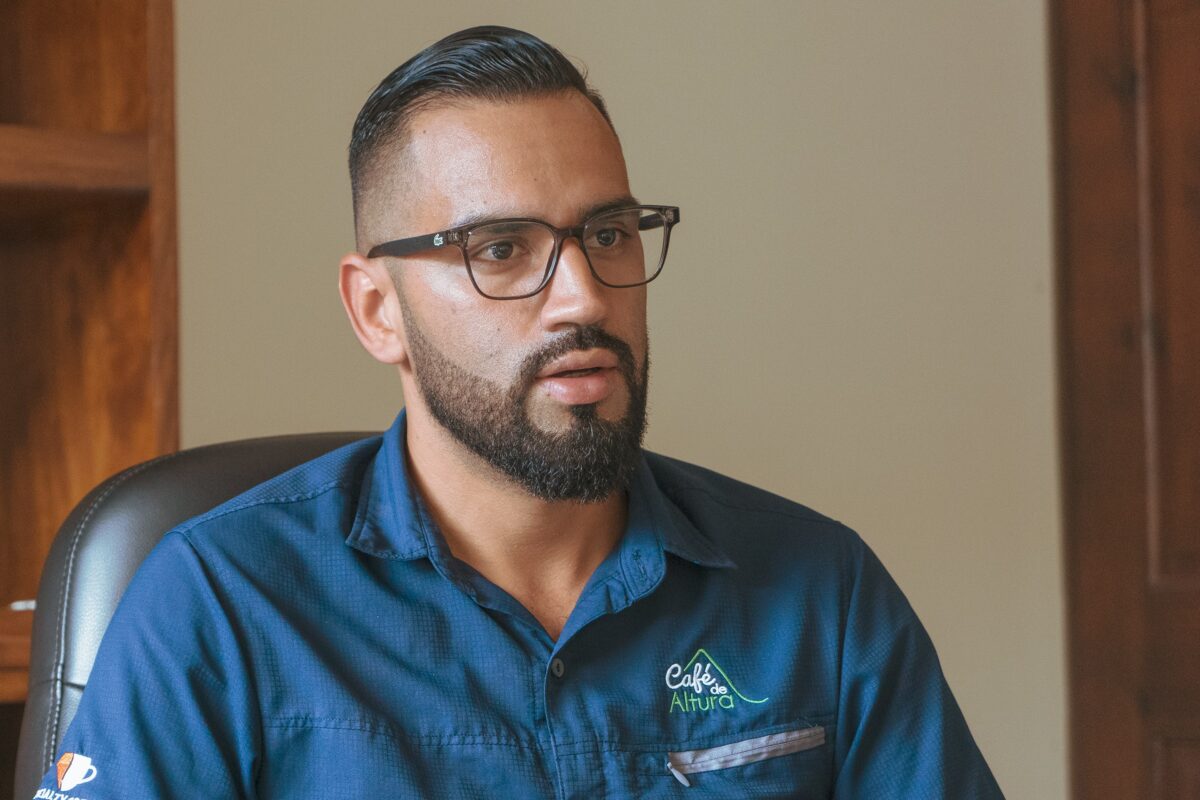
The future of El Diamante and small-scale producers
Consumers get to enjoy delicious coffee thanks to technology. But it can also support small-scale producers.
“Our business has a big impact on small-scale producers. For instance, the producers behind our first batch of El Diamante became very popular after we launched the brand. Although they’d been growing excellent coffee for many years, they weren’t recognized as farmers who grew special coffee. But their reputation changed completely after El Diamante. That is a very positive change for producers. Even if we get a poor crop and not-so-ripe cherries one year, we still can improve their quality as much as possible through processing. We have established a solid position in Costa Rica. People trust us. Producers hope to maintain long-term relationships with us, rather than making one-off deals. That makes us very happy.”
Working with small-scale producers to create a value no other coffee has, Café de Altura has presented a new model of coffee business to the world. The specialty coffee market will mature, and coffee drinkers will continue to seek higher-quality. The quality of Café de Altura is an answer to that.
Originally written in Japanese by Ayane Yamada


